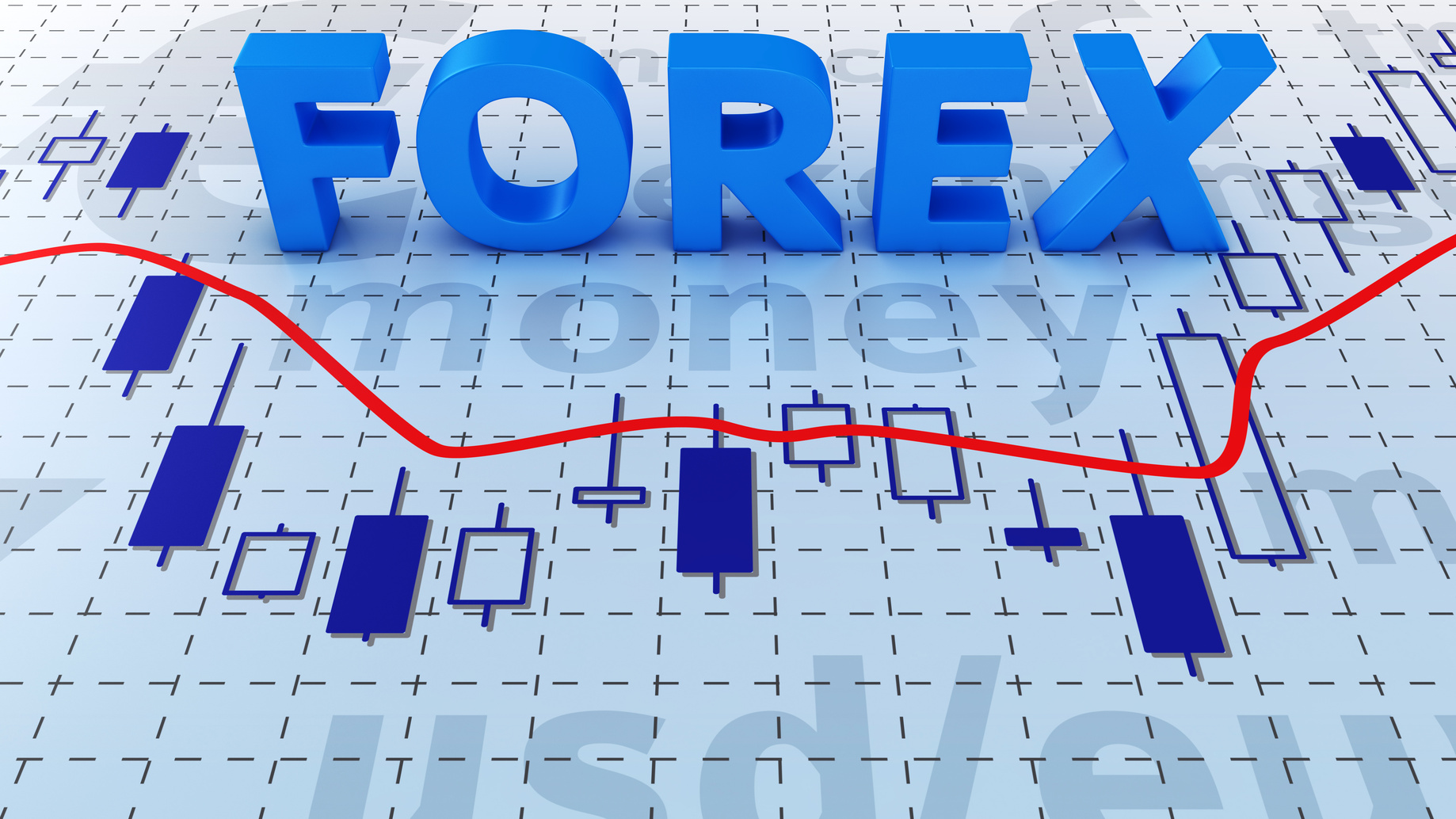forex trading study safely in 2023
Forex trading, also known as foreign exchange trading or currency trading, is the act of buying and selling currencies against each other in the foreign exchange market. It is one of the largest and most liquid financial markets in the world, where currencies are exchanged for various purposes, such as international trade, investment, tourism, and speculation.
Key features of forex trading:
- Currency Pairs: Forex trading involves trading currency pairs, where one currency is exchanged for another. For example, the EUR/USD pair represents the euro against the U.S. dollar. The first currency in the pair is the “base currency,” and the second one is the “quote currency.”
- Bid and Ask Price: The bid price represents the maximum price a buyer is willing to pay for a currency pair, while the ask price is the minimum price a seller is willing to accept. The difference between the bid and ask price is called the “spread,” which is the cost of the trade.
- Leverage: Forex trading often involves the use of leverage, which allows traders to control larger positions in the market with a smaller amount of capital. While leverage can amplify profits, it also increases the risk of losses.
- 24-Hour Market: The forex market operates 24 hours a day, five days a week, as it involves trading between major financial centers in different time zones worldwide. This continuous trading provides opportunities for traders to react to global economic and political events.
- Volatility: The forex market can be highly volatile, meaning that currency prices can experience significant fluctuations over short periods. Volatility can present both opportunities and risks for traders.
- Fundamental and Technical Analysis: Traders use various analysis techniques to make informed trading decisions. Fundamental analysis involves evaluating economic, political, and social factors that influence currency values, while technical analysis involves studying historical price patterns and using charting tools to predict future price movements.
- Risk Management: Managing risk is crucial in forex trading. Traders often use stop-loss orders to limit potential losses and employ proper position sizing to control risk exposure.
It’s important to note that forex trading carries a high level of risk and is not suitable for all investors. Due to the leverage involved, traders can experience significant losses if the market moves against their positions. As such, beginners are advised to learn about forex trading thoroughly, practice with a demo account, and seek advice from experienced traders or financial advisors before engaging in live trading.
Read more : 7 the best Car insurance online quote 2023
initial step forex trading study
Starting your journey in forex trading requires a solid foundation of knowledge and understanding of the market. Here are the initial steps to study and prepare for forex trading:
- Learn the Basics: Begin by understanding the basic concepts of forex trading, including how the market operates, currency pairs, bid/ask prices, pips, and leverage. Invest time in reading educational materials, watching videos, and accessing reputable online resources dedicated to forex education.
- Study Market Participants: Familiarize yourself with the various participants in the forex market, such as central banks, financial institutions, corporations, and individual traders. Understand how each group influences market movements.
- Grasp Fundamental Analysis: Study fundamental analysis, which involves analyzing economic indicators, geopolitical events, and other factors that impact currency values. Learn how to interpret economic calendars and news releases.
- Explore Technical Analysis: Delve into technical analysis, which involves studying historical price charts and identifying patterns, trends, support, and resistance levels. Understand how to use technical indicators effectively.
- Risk Management: Learn about risk management techniques to protect your trading capital. This includes setting appropriate stop-loss orders, using position sizing, and not overleveraging your trades.
- Trading Strategies: Explore different forex trading strategies, such as day trading, swing trading, and position trading. Understand the pros and cons of each approach and identify which one aligns with your risk tolerance and trading style.
- Practice with Demo Account: Many forex brokers offer demo accounts that allow you to trade with virtual money. Use a demo account to practice your strategies and gain hands-on experience without risking real funds.
- Understand Trading Platforms: Familiarize yourself with popular forex trading platforms and charting tools. Learn how to place trades, manage orders, and execute various functions within the platform.
- Analyze Past Trades: Study past trades and analyze your performance to identify strengths and weaknesses. This self-assessment will help you improve your trading skills over time.
- Continuously Educate Yourself: Forex trading is a constantly evolving market, and staying informed is crucial. Keep reading educational materials, following market news, and engaging in trading communities to enhance your understanding.
- Beware of Scams: Be cautious of fraudulent schemes or “get-rich-quick” promises related to forex trading. Stick to reputable sources and avoid falling for unrealistic claims.
Remember, forex trading involves risk, and it’s essential to approach it with discipline and patience. Gradually build your knowledge, practice your skills, and start with a small amount of capital that you can afford to lose. As you gain experience and confidence, you can gradually increase your trading activities. Consider seeking advice from experienced traders or financial advisors to help you on your forex trading journey.
Profit forex trading
Profiting from forex trading involves making successful trades in the foreign exchange market, where you buy one currency while simultaneously selling another. The goal is to capitalize on the fluctuations in exchange rates to generate profits. Here are some key points to consider when aiming to profit from forex trading:
- Education and Knowledge: Forex trading requires a solid understanding of the market, including its mechanics, analysis methods, and risk management techniques. Invest time in learning about fundamental and technical analysis, trading strategies, and market dynamics.
- Risk Management: Proper risk management is essential to protect your trading capital. Use stop-loss orders to limit potential losses on trades and avoid overleveraging, as high leverage can amplify gains but also increase the risk of significant losses.
- Trading Strategy: Develop a trading strategy that suits your trading style and risk tolerance. Different strategies, such as trend following, breakout trading, or range trading, may work better under specific market conditions.
- Practice with a Demo Account: Before trading with real money, practice your trading strategies and refine your skills using a demo account. Most reputable brokers offer demo accounts with virtual funds, allowing you to gain experience without risking real capital.
- Analyze Market Conditions: Monitor economic news, geopolitical events, and other factors that may impact currency prices. Stay informed about changes in interest rates, economic indicators, and central bank policies, as they can significantly influence the forex market.
- Technical Analysis: Use technical analysis tools and chart patterns to identify potential entry and exit points for trades. Technical indicators, support and resistance levels, and candlestick patterns can provide valuable insights.
- Stay Disciplined: Stick to your trading plan and avoid emotional decision-making. Greed and fear can cloud judgment and lead to impulsive trading, which may result in losses.
- Keep Records: Maintain a trading journal to track your trades, including entry and exit points, reasons for taking the trade, and results. Analyzing your past trades can help you identify patterns and improve your trading performance.
- Diversification: Avoid putting all your capital into a single trade or currency pair. Diversifying your trades can help spread risk and increase the likelihood of overall profitability.
- Continuous Learning: The forex market is dynamic and ever-changing. Stay updated on market trends, participate in educational webinars or forums, and continuously improve your trading skills.
It’s important to remember that forex trading involves inherent risks, and not all trades will be profitable. Be prepared for both gains and losses and only trade with money you can afford to lose. As you gain experience and confidence, you may develop more consistent and profitable trading strategies over time.









1 comment